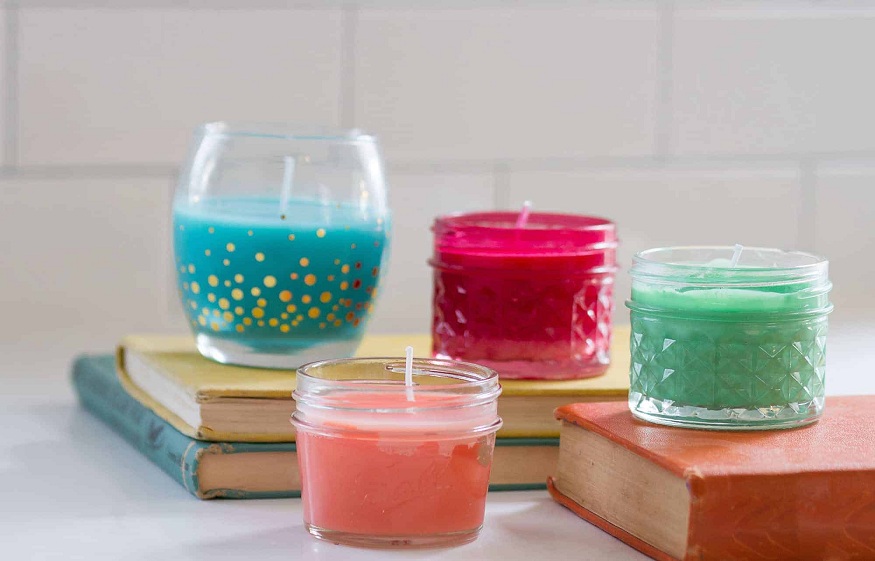How To Choose Candle Wick For Homemade Candle Making?
Although candle wax is the most obvious component of making handmade candles, it’s not the only one. The choice of the wick is just as important.
This information is a great place for you to learn about the various types of candle wicks that are available.
How To Choose A Candlewick?
It’s not easy to pick the right candle wick. However, it’s an art. There’s also an intuition component. You’ll be able to make candles at home with a lot of trial and error. Keep it small at first. 4-ounce mason jars work well. Make lots of notes as you go.
You’ll not only save time and wax but also learn about candle-making.
A good tip to help you choose the right wick is to follow the instructions provided by wax manufacturers. Although you may need to try different sizes, the instructions for buying wax are often both useful and precise.
The following checklist will help you when researching candle wicks:
- Types of wax
- Type of candle
- Dimensions and shapes of candles
- Wax melting point
- Fragrance (if used) and percentage
- Type and percentage of colourant (if used)
- Additives
- Expected wax consumption
It can be helpful to have a “Wick Generator” when you first start. The information it provides is based on the type and size of the candle container. This is a great starting point for experimenting with different wicks.
Candle Wicks: Types
The three main categories that most candle wicks fall under are:
- Cored Wicks: Braided and knitted wicks that contain a round core of paper, cotton or zinc.
- Flat Wicks: Flat-braided or knitted Wigs are made of three layers of fibre. They are known for their consistent burn and self-trimming ability.
- Square Wicks: Self-braiding or knitting wicks that can be braided and knitted. They are used often with beeswax for poured candles and taper candles.
There are many types of wicks within these three categories:
Zinc Core Wicks
- Many types of candles can be used, including votives, gel candles and moulded candles.
- It is made from a cotton braid and a zinc core, the strongest core materials. This keeps the wick upright while it burns.
- Zinc core Wicks burn cool, making them ideal for soy wax, paraffin wax, or any blend.
Paper Core Wicks
- Many types of candles can be used, including tea lights, votives and moulded candles.
- This wick is made from a cotton braid and a paper inner core.
- The paper core wicks are cooler and can be used for soy wax, paraffin wax, or any blend.
Eco Candle Wicks
- These candles can be used with natural waxes, as well as many other types of candles like tea lights, container candles and votives up to 7 inches tall.
- ECO wicks are flat made of a coreless cotton braid and mixed with paper
- It burns cooler and is primed by soy wax. This candle is great paired with either soy wax (perfect if you want an “all-natural” option) or a blend of soy/paraffin.
Hemp Wicks
- Useful for container candles, tea lights, mould containers, and votives up to 7 inches high
- Braided hemp (if possible, look for unbleached wicks)
- Hemp Wicks are very rigid and burn hot. They give off very little smoke.
- Use with all kinds of waxes
Wooden Wicks
- You can use them for tea lights, container candles, and moulded candle making, but they should not have any decorations or add-ins to avoid a fire risk.
- Wooden Wicks are made from unwaxed/unoiled thin tubes of wood or flat slabs.
- They are well-known for the crackling, cozy sound that wicks make as they burn.
- Use with all types of wax, even beeswax or wax blends.


